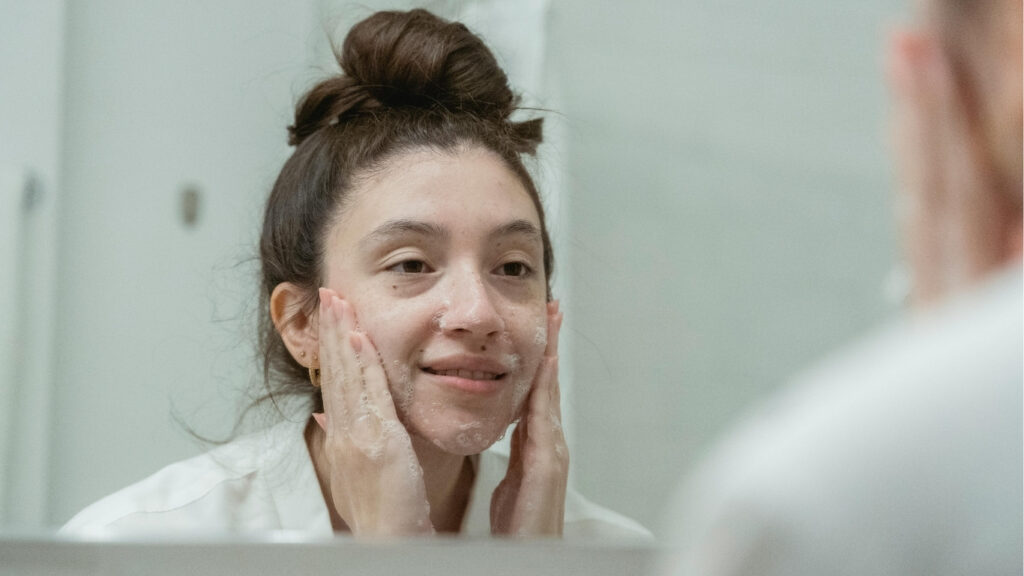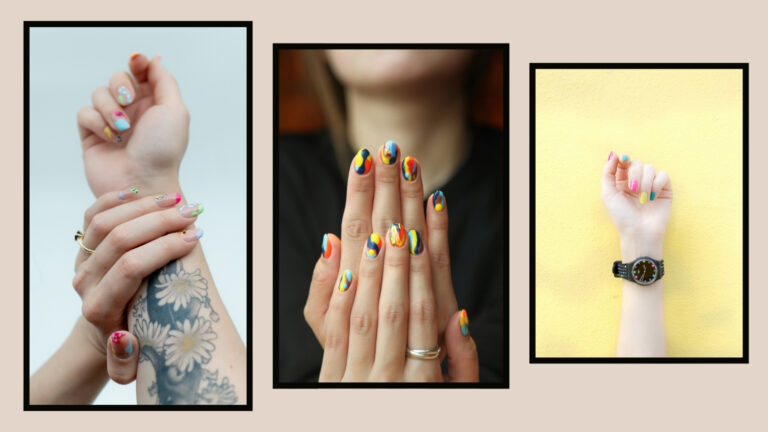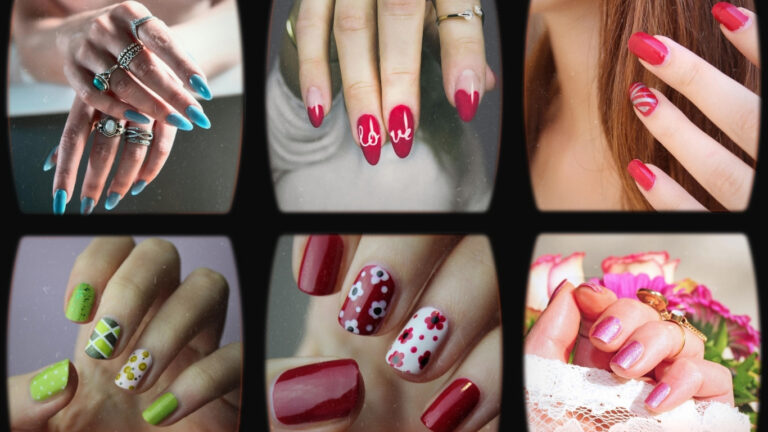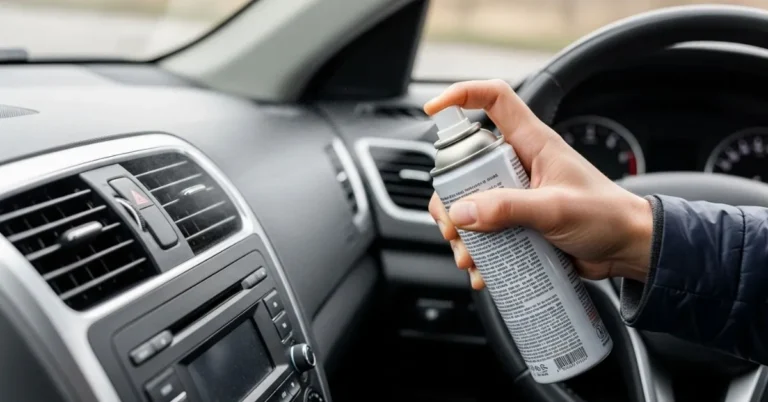
We’ve all been there late night, Netflix binge, full face of makeup still on, and a suspiciously inviting pillow. But here’s the deal: skipping a proper facial cleanse sends an RSVP to clogged pores, breakouts, and dull, tired skin.
Whether you’re a skincare newbie, a busy mom, a guy Googling “what’s cleanser?” at 11 PM, or someone reclaiming their glow post-breakup we got you. Today, we’re breaking down how to use facial cleanser in five straightforward steps. Because your skin deserves more than a quick splash of cold water.
Let’s cleanse smarter, not harder.
Contents
Why Cleansing Matters (Yes, Even If You Don’t Wear Makeup)
Cleansing is Step 1 in every skincare routine, and for good reason. Your face collects oil, dirt, sweat, pollution, and invisible stress particles (okay, not real ones, but still). A good facial cleanser:
- Unclogs pores
- Removes impurities
- Prep your skin for serums, moisturizers, and treatments
- Keeps acne and dullness at bay
Not cleansing properly? That $40 serum you’re applying afterward is just moisturizing dirt.
How to Use Facial Cleanser in 5 Easy Steps
Step 1: Find Your Perfect Match: The Right Cleanser for Your Skin Type
The best cleanser is the one that works for you, not just the trending one on TikTok. Here’s a quick breakdown:
- Oily/Acne-Prone Skin: Reach for gel or foaming cleansers infused with breakout-busting heroes like salicylic acid or tea tree oil. These products dive deep into pores to keep oil and acne in check without being harsh.
- Dry Skin: Look for creamy or hydrating formulas with hyaluronic acid or ceramides.
- Sensitive Skin: Stick to fragrance-free, gentle options labeled “non-comedogenic.”
- Combination Skin: You’re the Goldilocks look for balance (e.g., gel-cream hybrids).
- Men’s Skin: Try gel cleansers with soothing ingredients like aloe or chamomile.
Step 2: Wash Your Hands (Yes, Really)
You wouldn’t mop the floor with a dirty mop, right? The same logic applies here. Wash your hands before touching your face otherwise, you’re just adding extra germs and oils to the mix.
Pro Tip: Use lukewarm water. Hot water can strip your skin; cold water won’t dissolve oils effectively.
Read More: How to Use Diffuser Hair Dryer
Step 3: Wet Your Face & Apply Cleanser Gently
Splash your face with water, then dispense a dime-sized cleanser onto your fingertips (a little goes a long way).
Using upward, circular motions:
- Start from the T-zone (forehead, nose, chin)
- Move outward to the cheeks and jawline
- Don’t forget your neck (it ages too, FYI)
Massage for 30–60 seconds. Gives the ingredients time to work.
Bonus: it’s like a tiny face massage. You deserve that.
Step 4: Rinse Thoroughly and Pat Dry
Rinse your face thoroughly with lukewarm water no residue left behind. Cleanser that lingers can cause dryness or breakouts.
Pat dry with a clean, soft towel. Don’t rub. Your skin isn’t a kitchen counter.
Avoid: Using body towels, which can harbor bacteria. Keep a designated face towel or go sustainable with reusable cloth pads.
Step 5: Follow Up with Skincare (Don’t Stop Here!)
Cleansing opens the door for all the good stuff. Think of it as priming your canvas. After cleansing, apply:
- Toner (optional, but helpful for balance)
- Serum (like Vitamin C in the morning or retinol at night)
- Moisturizer (even for oily skin!)
- Sunscreen (in the morning, always!)
Clean Beauty Tip: If you love plant-based skincare, try a vegan, cruelty-free toner with witch hazel or rose water.
Cleanser Types, Explained (Quick Guide)
Let’s decode the cleanser aisle:
| Cleanser Type | Best For | Bonus Info |
| Gel Cleanser | Oily, Acne-Prone Skin | Lightweight and deep-cleaning |
| Foam Cleanser | Combo to Oily Skin | Fluffy texture, removes excess oil |
| Cream Cleanser | Dry/Sensitive Skin | Hydrating and non-stripping |
| Micellar Water | All Skin Types | Great for quick cleanses or makeup removal |
| Oil Cleanser | Dry, Dehydrated Skin | Melts makeup without drying |
| Bar Cleanser | Minimalists | Choose ones made for facial skin (not soap bars) |
Read More: The Right Way: How to Use an Exfoliating Glove Step-by-Step
5 FAQs About How to Use Facial Cleanser
1. Should I use a facial cleanser in the morning and at night?
Yes! Morning cleanses remove sweat and oils from the body overnight, while nighttime cleanses wash away dirt, makeup, and pollution. Twice daily keeps your skin balanced and fresh.
2. Can I use body soap or hand wash instead of a facial cleanser?
Please no. Body and hand soaps are too harsh for the delicate skin on your face. They can disrupt your skin’s pH and lead to irritation or breakouts.
3. How do I know if a cleanser is working?
Your skin should feel clean but not tight. If it feels dry, itchy, or red, your cleanser might be too harsh. Look for improvements in texture and fewer breakouts over 1–2 weeks.
4. Do I need to double cleanse?
If you wear makeup, sunscreen, or live in a polluted city – yes! Use an oil-based cleanser first, followed by your regular cleanser. It’s a gentle way to deep clean.
5. How often should I exfoliate after cleansing?
1–3 times a week, depending on your skin type. Over-exfoliating can damage your skin barrier. Use chemical exfoliants (like AHAs/BHAs) for a gentler glow-up.
Eco-Friendly Tips for Your Cleansing Routine
Want glowing skin and a glowing planet? Here’s how:
- Switch to refillable or glass-packaged cleansers
- Use reusable cotton rounds or muslin cloths
- Opt for cruelty-free, vegan formulas
- Look for brands with zero-waste or plastic-neutral certifications
Little changes = big impact. Your glowing skin and a happier planet will be all the thanks you need.
Experts Thoughts: Ready, Set, Cleanse!
To recap, learning how to use facial cleanser isn’t rocket science but it is skincare science. The goal? Clean, balanced skin ready to take on serums, moisturizers, and your next Zoom call.
✅ Pick the right cleanser ✅ Wash hands first ✅ Gently cleanse for 60 seconds ✅ Rinse and pat dry
✅ “Finish up with the rest of your skincare steps like toner, serum, and moisturizer.
So next time you’re tempted to fall asleep in foundation, remember that your cleanser is your routine’s MVP. Treat it (and your face) with the care it deserves.







